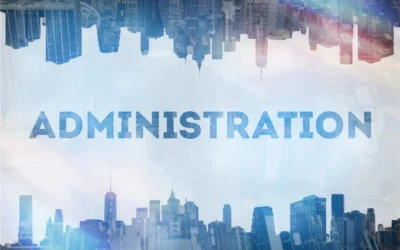As a Plan Administrator, understanding 401k audit requirements is essential for maintaining compliance and avoiding costly penalties. This guide provides a clear overview of what triggers a 401(k) audit, what documentation and data are reviewed, and and how our team...
Defined Contribution Categories
A Defined Contribution plan is a retirement plan in which employees contribute a fixed amount or percentage of their compensation to an individual account under the plan. Contributions are invested on the employee’s behalf and they will ultimately receive the balance in their accounts upon retirement. Examples of defined contribution plans include 401(k) plans, 403(b) plans, employee stock ownership plans, and profit-sharing plans. For-profit companies can offer a 401(k) plan to help their employees save for their future by giving them the opportunity to defer pre-tax or after-tax dollars via payroll deduction into their account and select from a diversified investment menu. 403(b) plans provide retirement benefits for employees of public school districts, hospital groups, or 501(c)(3) organizations in these non-profit business sectors. An employee stock ownership plan (ESOP) is an employee benefit plan that gives workers ownership interest in the company; this interest takes the form of shares of stock. Profit-sharing plans are a way for a company to share profits with its workers and align the financial well-being of workers with the company’s success. 457 plans cover retirement benefits for state and local government employees and some non-profit businesses. There are benefits to Employers for sponsoring retirement plans; research applicable defined contribution articles on the Watkins Ross blog. Our Watkins Ross retirement team has the experience and knowledge to help you design a plan to meet your business goals; connect with us here to learn more.
Form 5500 Made Simple: What Every Plan Administrator Needs to Know
As your group’s Plan Administrator, you're on the front lines of ensuring compliance. That includes gathering the right data, filing Form 5500 accurately, and meeting critical deadlines. At Watkins Ross, we expertly prepare Form 5500 for our clients. This is an...
Defined Contribution Plan Annual Review: Key Steps for Plan Administrators
As a plan administrator, you play a vital role in managing a Defined Contribution Plan, you play a crucial role in keeping retirement plans, benefit programs, and pension systems running smoothly. Your responsibilities include overseeing compliance, financial...
Why Plan Sponsors Need a Strong Cybersecurity Policy for 401(k) Plans
If you’re responsible for managing your company’s 401(k) plan, cybersecurity might not be at the top of your to-do list—but it should be. Retirement plans contain highly sensitive financial and personal data, making them a prime target for cybercriminals. A...
Why Accurate Compensation Plan Definitions Are Essential for Your 401(k) Plan
Using the correct definition of your compensation plan in your 401(k) plan is essential. When it’s wrong, it can cause headaches like failed plan tests, incorrect contributions, or even IRS penalties. Here’s what you need to know to avoid these issues. What Happens...
How Mergers and Acquisitions Impact 401k Plans: What Plan Sponsors Should Know
When companies engage in mergers and acquisitions (M&A), the focus is often on operational integration, financial restructuring, and human resources. However, one area that deserves particular attention is the impact on 401k plans. As a plan sponsor, understanding...
Tracking Payroll Deposits to a 401(k): A Guide for Plan Sponsors
Learn how to track 401(k) payroll deposits, ensure compliance, maintain employee trust, and avoid penalties with best practices and helpful strategies for plan sponsors.
Catching Up to the New Age-Based Catch-Up Contribution Limits
Explore SECURE 2.0’s new age-based catch-up contribution limits for 401(k), 403(b), and 457(b) plans starting January 1, 2025.
Guidance for Roth Employer Contributions
Explore Roth Employer Contributions under Secure 2.0 Act. Optional provision for plan sponsors. Consider implications for taxation and administration.
2024 Plan Limits Released
The 2024 Cost-Of-Living Adjustments affecting employee benefit plans include the annual limits for Social Security Taxable Wage Base.








